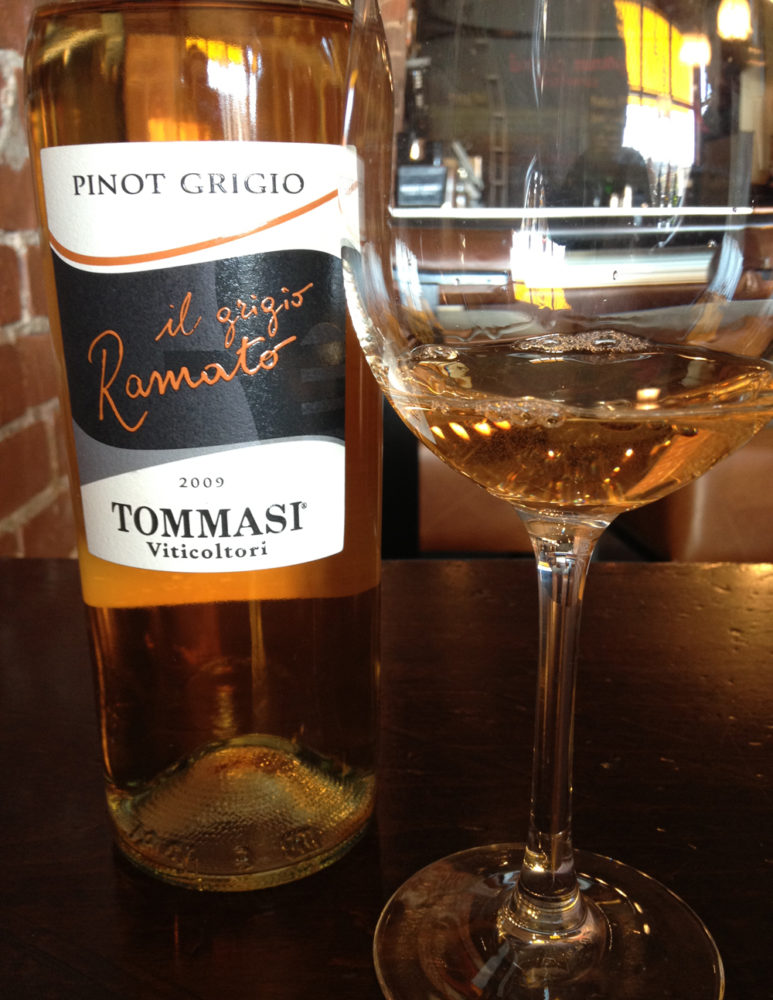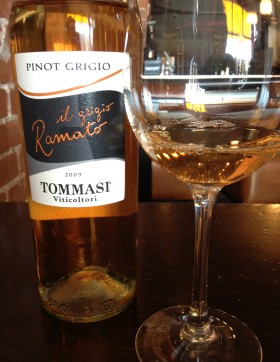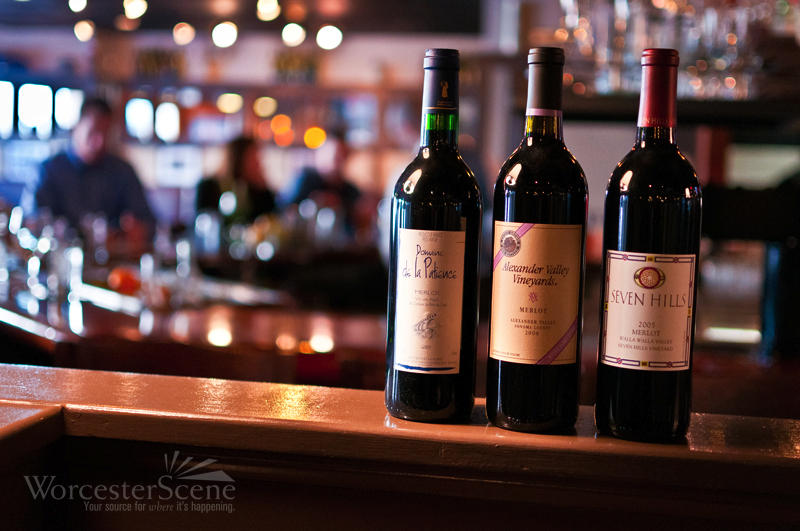
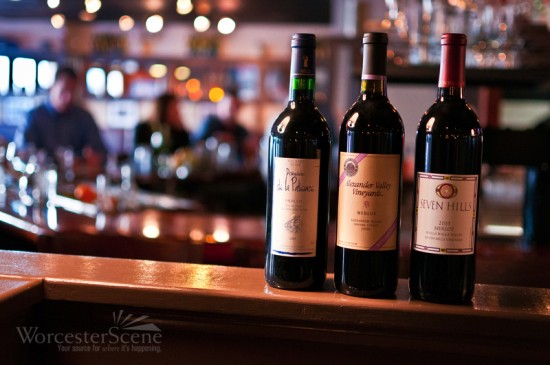
Merlot, meaning “little blackbird” in French, has been used to produce some of the most important wines in the world. It offers notes of plum, blackberry, cassis, mocha and dark chocolate, and can be described as similar to Cabernet Sauvignon but with softer tannins and a more feminine structure. It sounds like an enjoyable wine, so why has Merlot fallen out of favor with much of the wine consuming public?
To find the answer I think we have to look into the past. Merlot had long been a favorite in wine circles and because of its popularity, became the chosen varietal for mass-produced jug wines. It is much easier to make an inexpensive Merlot palatable than an inexpensive Cabernet Sauvignon, since the Cab tends to be higher in harsh tannins. As production of cheap Merlot increased, so did the disdain for it. However, writing off Merlot can cause as much self-deprivation as writing off Chablis and Burgundy – two varietals similarly associated with notoriously cheap jug wines.
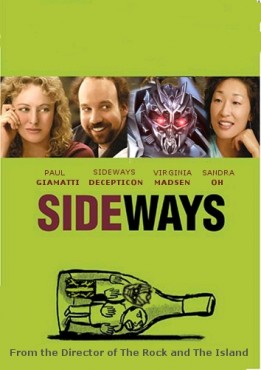
The last nail in the coffin of Merlot’s reputation was the critically acclaimed movie from 2004, Sideways. The movie follows two middle-aged men as they take a week long trip through the California Wine Country with one of the men continually denigrating Merlot and speaking highly of Pinot Noir. As audiences were bad-mouthing Merlot, and swearing it off forever, they actually missed the final punch line of the movie, which was the main character, Miles, drinking his prized 1961 Château Cheval Blanc, a blend of Merlot and Cabernet Franc.
After the release of the movie, Pinot Noir’s popularity sky-rocketed and Merlot’s popularity plummeted, leaving Merlot producers with a lot of work ahead of them to fix the tarnished image. Ironically enough, the abundance of poorly made Merlot has now been replaced with an oversaturation of poorly made Pinot Noir.

The intention of this piece is not to bash the admittedly hilarious movie, Sideways, or to claim that Merlot is the greatest varietal ever to exist. Being somewhat a Merlot ambassador myself though, I am constantly trying to convert the staff at The Citizen and our guests into Merlot enthusiasts by asking them to give the wine a chance. To do this, we serve an array of some of the best and most affordable expressions of Merlot we can find, starting with Charles Smith’s Velvet Devil. This wine offers great depth and richness with notes of dark plum, mocha and coffee, proving to be a true crowd-pleaser, even for guests that “don’t usually like Merlot.” Paired with the earthy cheeses, beef brisket or dry-aged sirloins also found at The Citizen, Velvet Devil Merlot is the perfect complement.
After you try the Velvet Devil Merlot, we have other great options available by the glass or bottle from some of the great Merlot-producing regions of the world, such as Washington State, Sonoma Valley, and Bordeaux. It’s time to put down the Pinot Noir this one time, and participate in Merlot’s great redemption.

